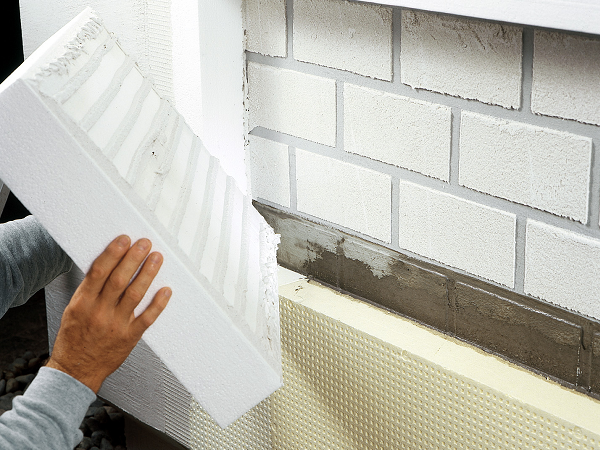Instruction
1
Determination of the thermal conductivity of materials is carried out using a conductivity coefficient which is a measure of the ability to transmit heat flow. The lower the value of this index, the higher the insulating properties of the material. In this case the conductivity does not depend on density.
2
The numerical value of the conductivity is equal to the amount of thermal energy that passes through a section of material with a thickness of 1 m and 1 sq m over 1 second. The temperature difference on opposite surfaces is taken equal to 1 Kelvin. The amount of heat is the energy that gains or loses material by heat transfer.
3
The formula of heat conduction as follows:Q = λ*(dT/dx)*S*dτ, where:Q – thermal conductivity;λ – thermal conductivity coefficient;(dT/dx) is the temperature gradient;S is the cross-sectional area.
4
When calculating the thermal conductivity of construction structures divided into components and summed their conductivity. This allows to determine the measure of the ability of the house construction (walls, roofs, Windows, etc.), cutting off the heat flow. In fact, the thermal conductivity of the building structure is a combined thermal conductivity of its material, including air gaps and a film of the outside air.
5
Based on the value of the thermal conductivity of the structure is determined by the amount of heat loss through it. This value is obtained by multiplying the thermal conductivity on the calculated time period, the total area of the surface as well as on the temperature difference between the outer and inner surfaces of the structure. For example, for walls of 10 square m with a conductivity of 0.67 at temperature difference of 13°, the heat loss in 5 hours will be 0,67*5*10*13 = of 435.5 j*m.
6
The thermal conductivity coefficients of different materials are contained in the table of thermal conductivity, for example, for vacuum it is equal to 0, and for silver, one of the most teploprovodny materials, 430 W/(m*K).
7
During the construction together with the thermal conductivity of the materials should take into account the phenomenon of convection, which is observed in materials in liquid and gaseous state. This is especially true in the development of system of water heating and aeration. To reduce heat loss in these cases establish cross dividers made of felt, wool and other insulation materials.
